The exterior of your house is the first thing onlookers see from the curb. But over time, inclement weather will deteriorate all parts of your home. Therefore, it’s important to set a routine for inspection and regular maintenance to make sure your home retains its structural integrity..
The Facade
The facade is the skin of your home: the various materials used to insulate your home and give its exterior look. Naturally, it’s the first thing to evaluate in an exterior inspection. Should you find something truly heinous, you can cover the affected area with an insulated tarp until you can have it repaired.
Check first to see if there are any cracks or holes in the coating or signs of water infiltration. Keep an eye out for any signs of poor workmanship, such as improperly installed siding and trim, to prevent minor issues from escalating into big maintenance headaches.
Cladding
If your home uses cladding, the gap between the home and the cladding surface can act as a catalyst to fire. Therefore, remember to get the entire cladding system assessed by professionals instead of just focusing on the cladding itself.
Wood sidings, trim, soffits, and fascias are also susceptible to wind, rain, moisture, and heat. Inspect the siding and trim for any missing, flaking, or blistering paint. Unpainted pieces of the facade will deteriorate fast. Once damaged, siding and trim can create pockets for water to soak into the walls, posing a serious threat to the structural integrity of the house.
Metal, Vinyl, & More
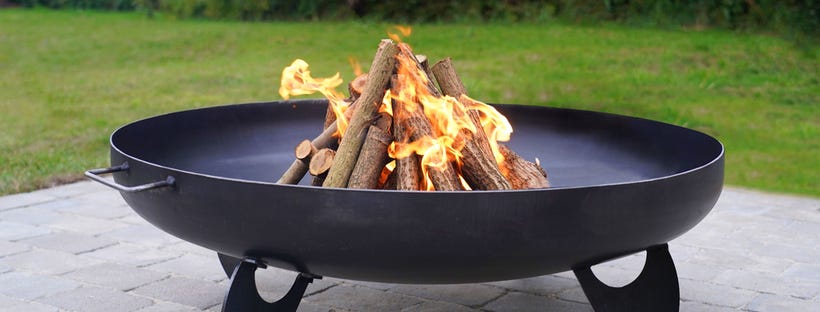
Remember, homes with metal, vinyl, and other non-wood trims are more prone to physical damage, corrosion, and melting from proximity to heat. To protect these materials from a fire pit, make sure to keep it spaced away and invest in robust fire pit covers.
Waterproofing & Caulking
Caulk and waterproof sealants are meant to bond and protect joint installations, where your walls meet your windows, door frames, and even air vents and toilets.
During the routine inspection of your house, look for chipped caulk that needs immediate repair. Otherwise, it may allow moisture to build within the wall cavities, attracting mold and weakening the foundation. Cracked or peeling caulk is also a common cause of water damage, and lets unwanted pests, dust, dirt, and insects into the home.
Paint
Paint is not only aesthetically important; but also serves as a protection for the wood of your home from the elements. But, over time, paint will flake and chip away and cause the wood to rot.
Thankfully, worn-out paint is visible to the naked eye, so keep an eye out for any fading paint. With a regular paint job, you can easily keep your house’s exteriors in good shape over time.
Chimney
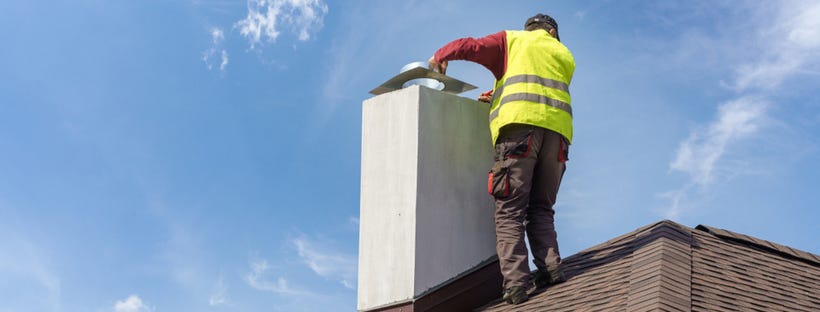
The chimney is best inspected from the roof and attic. When you’re inspecting the chimney, keep a note of the chimney’s material, height, and the condition of the cap and spark arrester. Take note of any loose, cracked, or damaged bricks or mortar. For safety reasons, if you see any damage to your chimney, hire a pro for a proper repair.
Gutters & Downspouts
Without your gutters, excess rainwater would pour all around the home, saturating the soil directly beneath. That moisture would build, increasing the chances mold and wood rot grow to threaten your home’s structure. Likewise, a functioning gutter is critical to send runoff rainwater away. While inspecting the drainage system, carefully examine if the gutters are:
- Adequately sized to prevent runoff
- Free of rust, cracks, holes, and leaks
- All downspouts divert water 4 to 6 feet away from the home’s foundation.
Finally, ensure your house is equipped with the proper roof flashing to direct bulk water into the gutter trough and away from the building.
Decks & Porches
Sturdy decks and beautiful porches are a focal point of entertainment and relaxation. A well designed porch is the first step to an inviting abode, but along with a breathtaking view, decks are defenses for both your security and privacy. Get it equipped with screens or roller shades to create an unhindered personal space.
Make sure they don’t have improper hangers and hardware, unsafe railings, or improperly flashed deck ledgers. For your furniture, make sure they’re protected with robust sectional covers and rack covers.
Pro Tip: If you’re looking for an aesthetic boost to your porch space, follow these enchanting ideas to refurbish your porch to enhance its aesthetics.
Windows
For insulation, ventilation, security, and aesthetic purposes, windows are a multifunction necessity in the home. However, damaged or inoperable windows can create safety issues, reduce energy efficiency, so take the time to inspect your windows for proper functionality.
- Push or squeeze on the windows to determine if there is any rotted wood.
- Check to make sure mold and/or wear hasn’t worn away your caulking.
- Walk through your house and check for cold spots and drafts near your windows. Cold drafts are another sign of deteriorated caulk.
- Open all windows and inspect for common signs of water damage, such as discoloration, stains and moisture.
- Shake the windows to see if the panes fit the frame properly. If they rattle, gaps have developed in between them.
- Check all covers, shades and curtains to ensure they’re functioning properly.
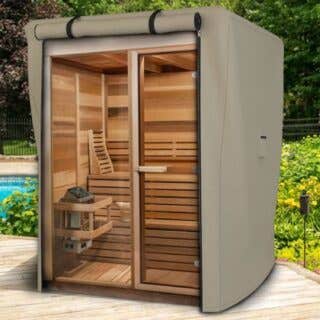






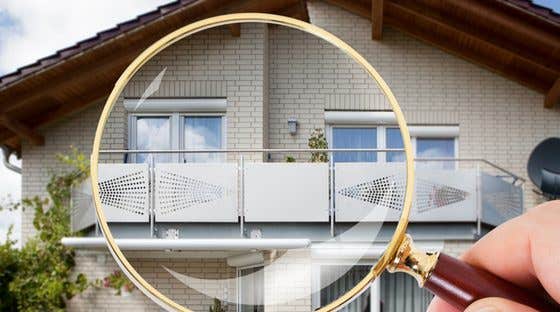

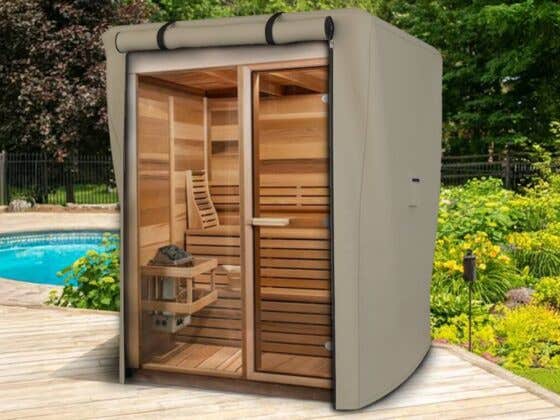

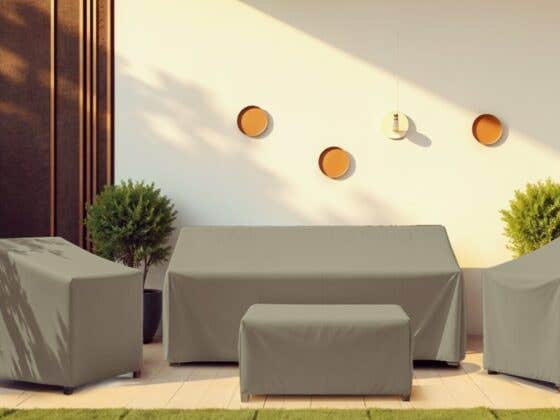

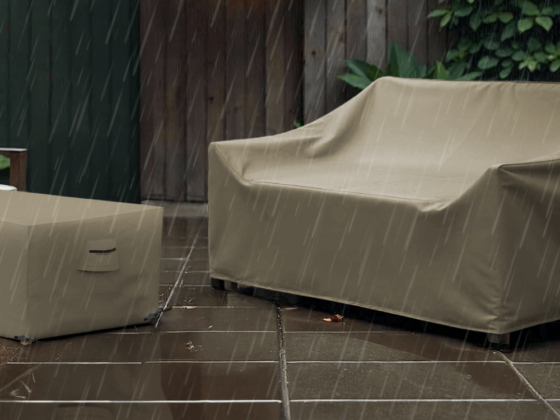
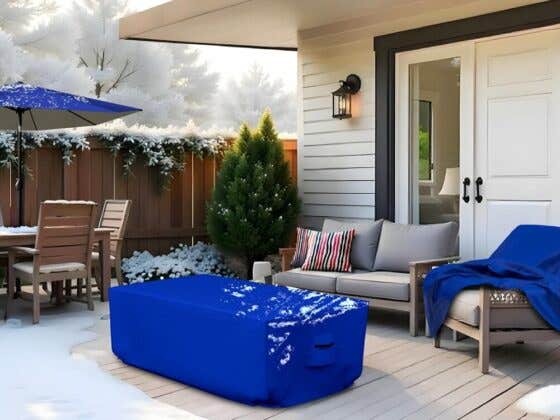


Recent Comments